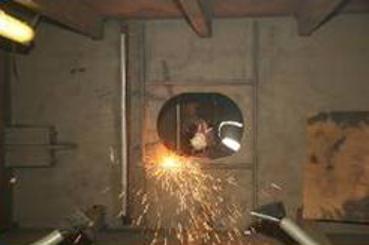M53 Bidston Moss Viaduct Strengthening |
|
Design & Build Award
Project Team
Client: Highways Agency (lead)/ Wirral Borough Council and Mersey Passenger Transport Authority
Design: Amey
Construction: Costain
The Project
Bidston Moss Viaduct is a 730 metre long box girder bridge which carries the M53 over the A554 roundabout and the Birkenhead to New Brighton railway. The viaduct is jointly owned by the Highways Agency, Wirral Metropolitan Borough Council and Mersey Passenger Transport Authority, with a contract value of £89.9 M.
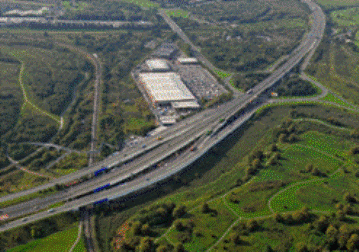
The initial period of the contract involved technical surveys, studies, assessments and detailed design works for the strengthening proposals. The strengthening works were then conducted and completed in March 2012. This included steelwork strengthening, painting (inside and outside the boxes), new parapets, new lighting, resurfacing to slip roads and extensive concrete repairs to the underside of the structure and piers.

Environmental considerations included, but were not limited to: noise, dust, lead paint, waste materials, spillages, asbestos, contaminated ground, areas of scientific interest, wildlife and adjacent water courses. There was a keen emphasis from the delivery team to enhance the local area and to provide employment, work placements and training opportunities for the local community.
Costain chose to undertake a CEEQUAL assessment and this was fully supported by the clients, designer and subcontractors.
Ecology and Biodiversity
At the start of the contract there were Kestrels nesting on the structure. Following an exclusion zone to allow the chicks to fledge the nest, nesting boxes were put in alternative locations for the following nesting season.
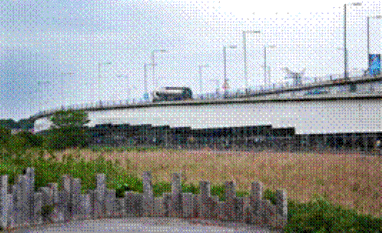
Energy and Carbon
A life-cycle energy assessment was produced considering options of demolition and new build against the refurbishment of the existing structure. This demonstrated that the chosen scheme produced a 82% saving against the original demolition and reconstruction proposal.
Waste Management
Once the shrink wrap and polythene used for containment was no longer required, a bailing machine was used to create plastic bales. The baler takes five skips worth of plastic to produce one bale weighing 1 tonne. The baler cost £10,000 with a payback period of three months. It was estimated to save the project twice the cost and the project team had the baler as an asset at the end of the project. More importantly, 452 vehicle movements were eliminated reducing the impact on the environment and local community. All the plastic bales were collected and recycled.
(Tip: if using this method on your site you need a T4 exemption from the Environment Agency as you are processing waste).
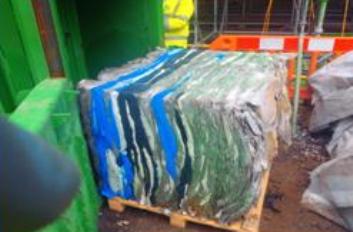
When completing the painting operations of the steel box-girder bridge, specialist innovative equipment (first in operation in the UK) was used, utilising fume abatement technology, typically found in a factory environment. This removed 95-100% of solvent fumes that would otherwise pollute the atmosphere.
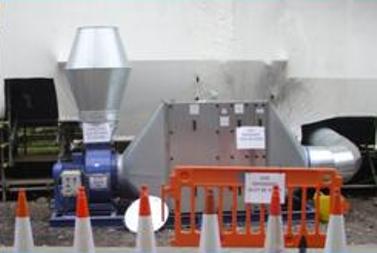
Transport
In order to reduce the number of additional vehicles on local roads, maintain journey time reliability for the public and to reduce emissions to the site, a mini bus was used to bring personnel from the local area and train station to and from work. During the construction phase, this was estimated to save 12 800 miles and 5500kg of CO2, the equivalent of heating a detached house with gas central heating for a year.

Why did we choose CEEQUAL?
CEEQUAL was a tender commitment and a key project target to stretch the sustainable performance of the project. It aided the measurement and review of processes to ensure continual improvement. CEEQUAL ensured that evidence was collected as the project progressed in order to demonstrate the sustainable approach taken and provide third party confirmation of the sustainable practices undertaken. The collaborative approach taken involving the designers and key subcontractors in the development of the strengthening solution ensured input from all parties; ensuring that the most environmentally and socially responsible methodology was developed, minimising disruption to the public, impact to the environment and delivering savings to the client.
